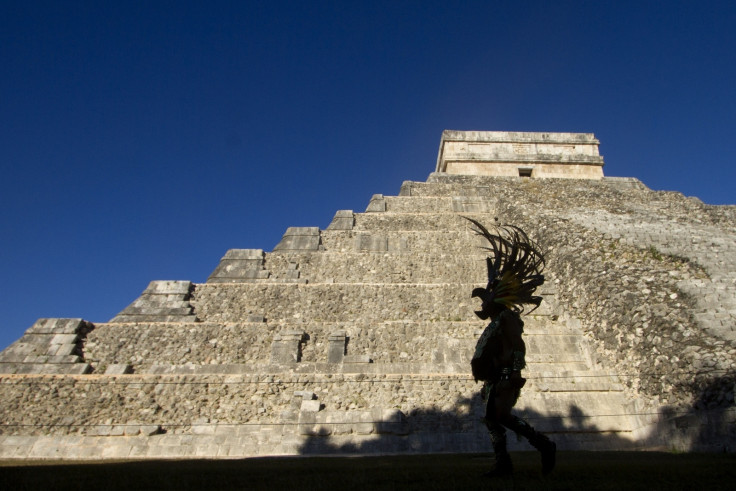1,000-year-old 'lost' pyramid city in the heart of Mexico was as densely built as Manhattan
So far, archaeologists have verified some 7,000 features of lost city discovered via revolutionary lidar tech.

Archaeologists using revolutionary laser technology have found that a 1000-year-old pyramid city discovered in the heart of Mexico was just as densely built as modern-day Manhattan.
Built by Purépecha Empire sometime around 1,000AD, the lost city of Angamuco was uncovered in 2007, just a few kilometres away from Morelia, Western Mexico. However, the group exploring the site soon realised that excavating the rugged grounds would take decades to get full insights into the true scale of the city in detail.
So, they turned to the revolutionary lidar (light detection and ranging) technology and deployed lasers from the air to map the hidden area in question.
They found that during the period between 1,000AD and 1,350AD, the city was a sprawling urban centre and nearly twice as big as Tzintzuntzan – the capital of Purépechan civilisation.
As the Guardian reports, some 100,000 people lived in the ancient city, which spanned over 26 square kilometres and had some 40,000 buildings. This is almost same the number of structures seen on the present-day island of Manhattan, lead archaeologist Chris Fisher said.
"That is a huge area with a lot of people and a lot of architectural foundations that are represented," Fisher told the news outlet, noting that it would have been the biggest western Mexican city of that period.
The group has verified some 7,000 features discovered via 3D map, including pyramids, temples, plazas, road systems, gardens, and ball courts. They also found that pyramids and other major monuments were mostly concentrated at city boundaries, rather than being in the centre.
Laser scanning reveals 'lost' ancient Mayan city #Angamuco had as many buildings as #Manhattan, from @guardian https://t.co/nsnBpdXHMp #Archaeology pic.twitter.com/jYX2CyzDqF
— EGU (@EuroGeosciences) February 16, 2018
Among other things, the ceramic fragments found at the site date back to 900AD, something that suggests the ancient city saw at least two phases of developments and one of collapse before the dawn of 16<sup>th century.
Fisher and his colleagues believe that the revolutionary tech will lead to more finds in coming years. "Right now every textbook has to be rewritten, and two years from now [they're] going to have to be rewritten again," he added.
The findings of the study were presented at American Association for the Advancement of Science conference in Texas. Just last month, a group of archaeologists used the same technology to uncover an ancient Mayan city hiding in the jungles of Guatemala.




















